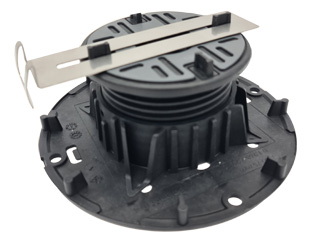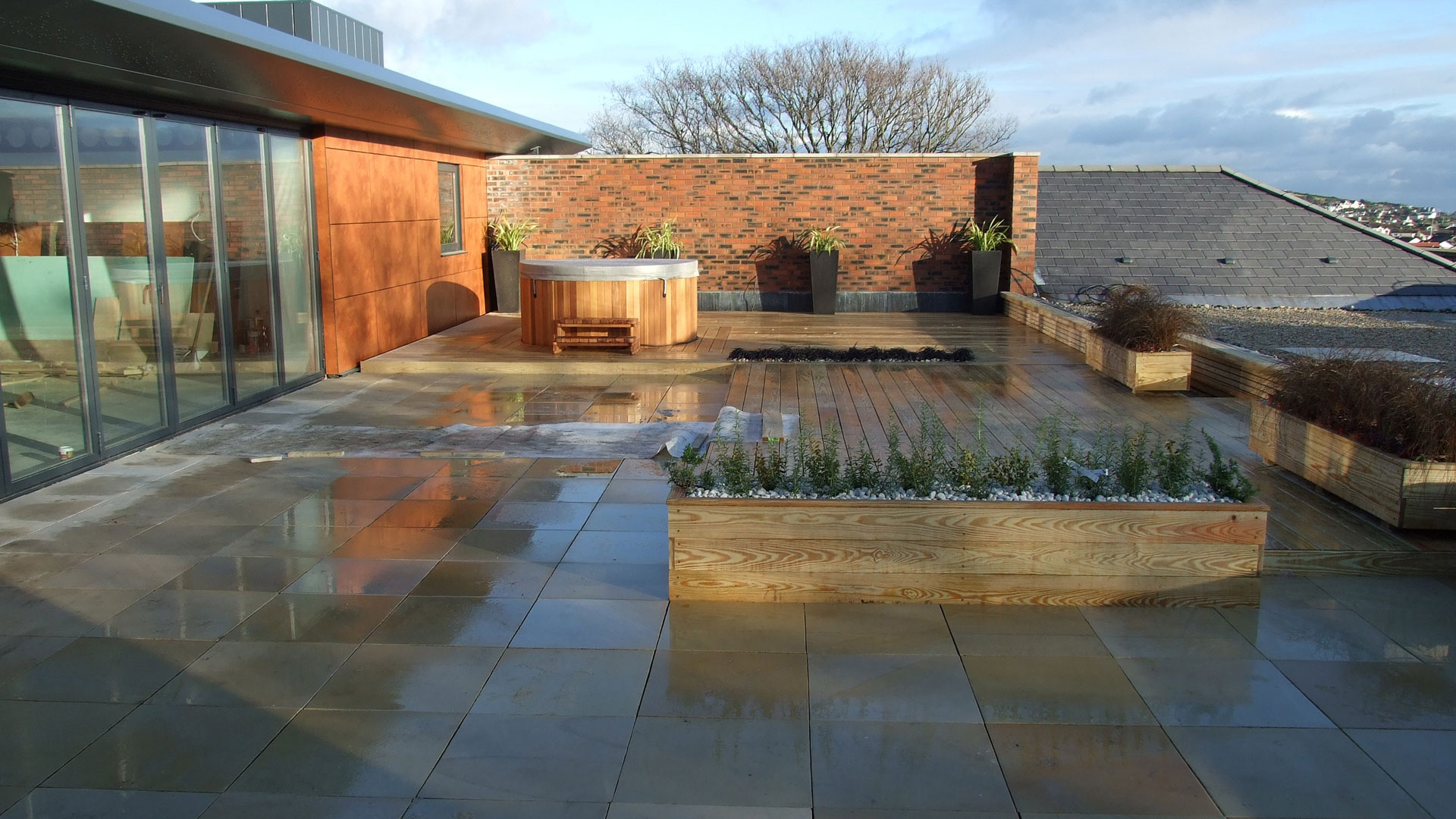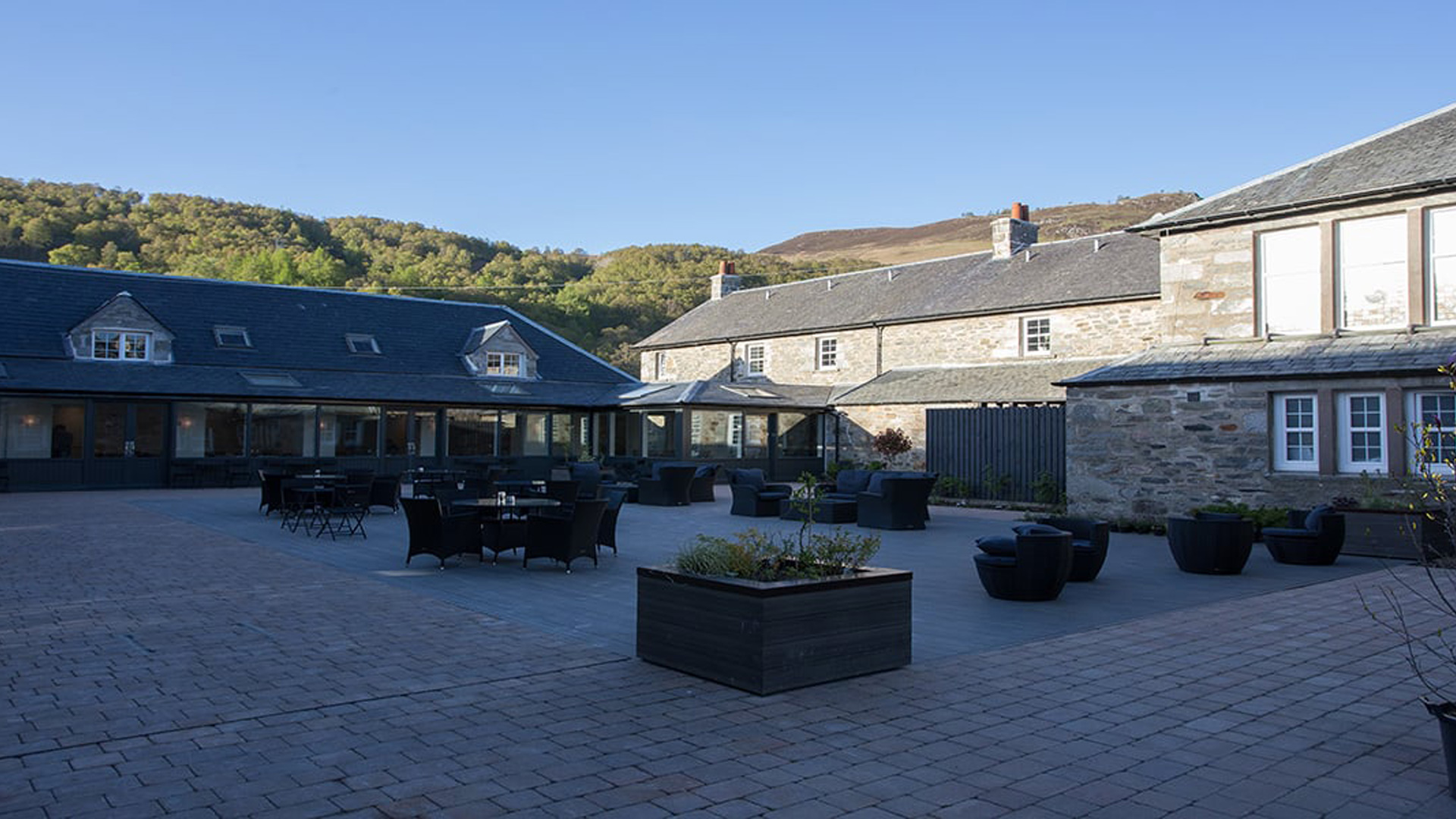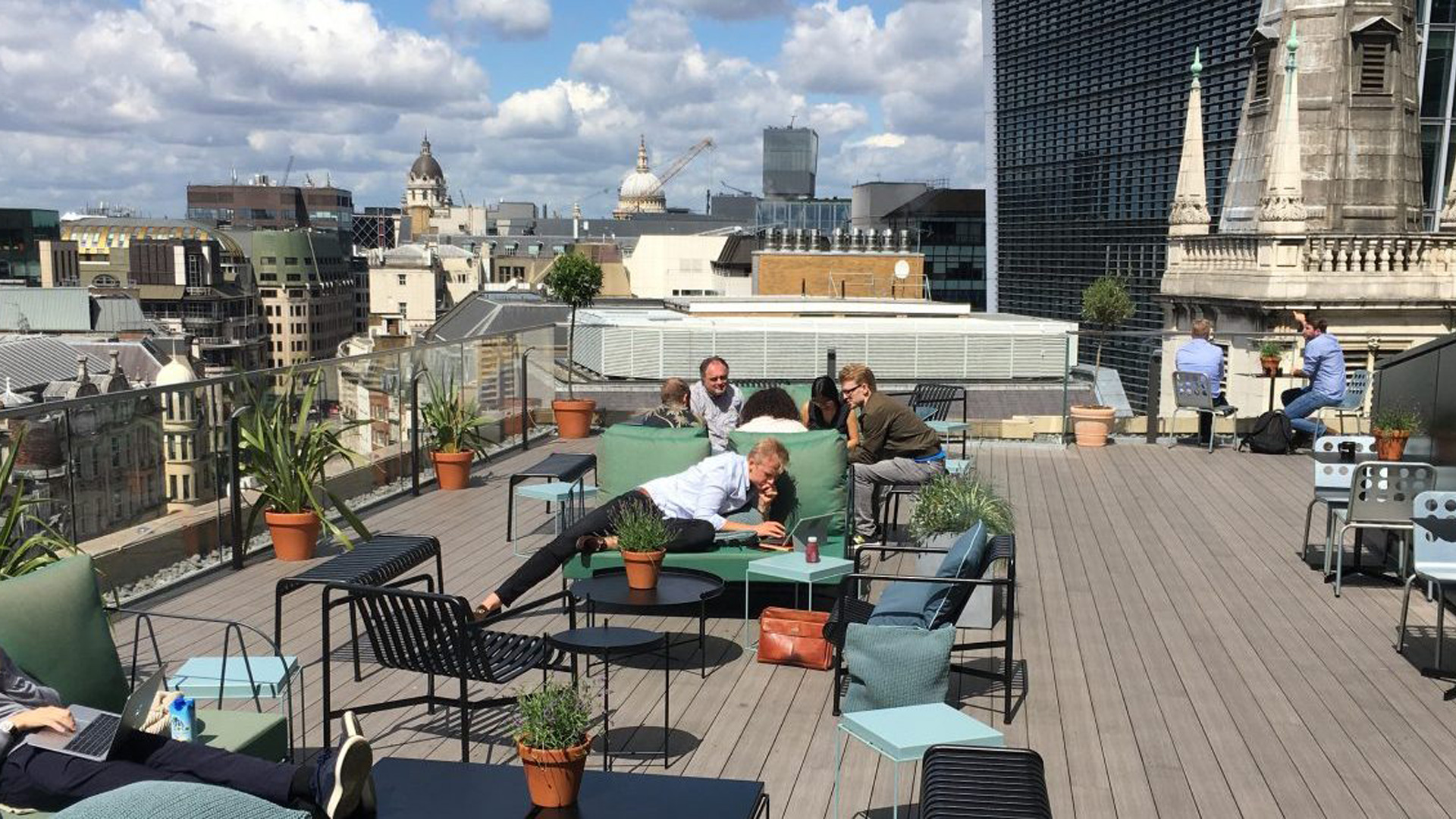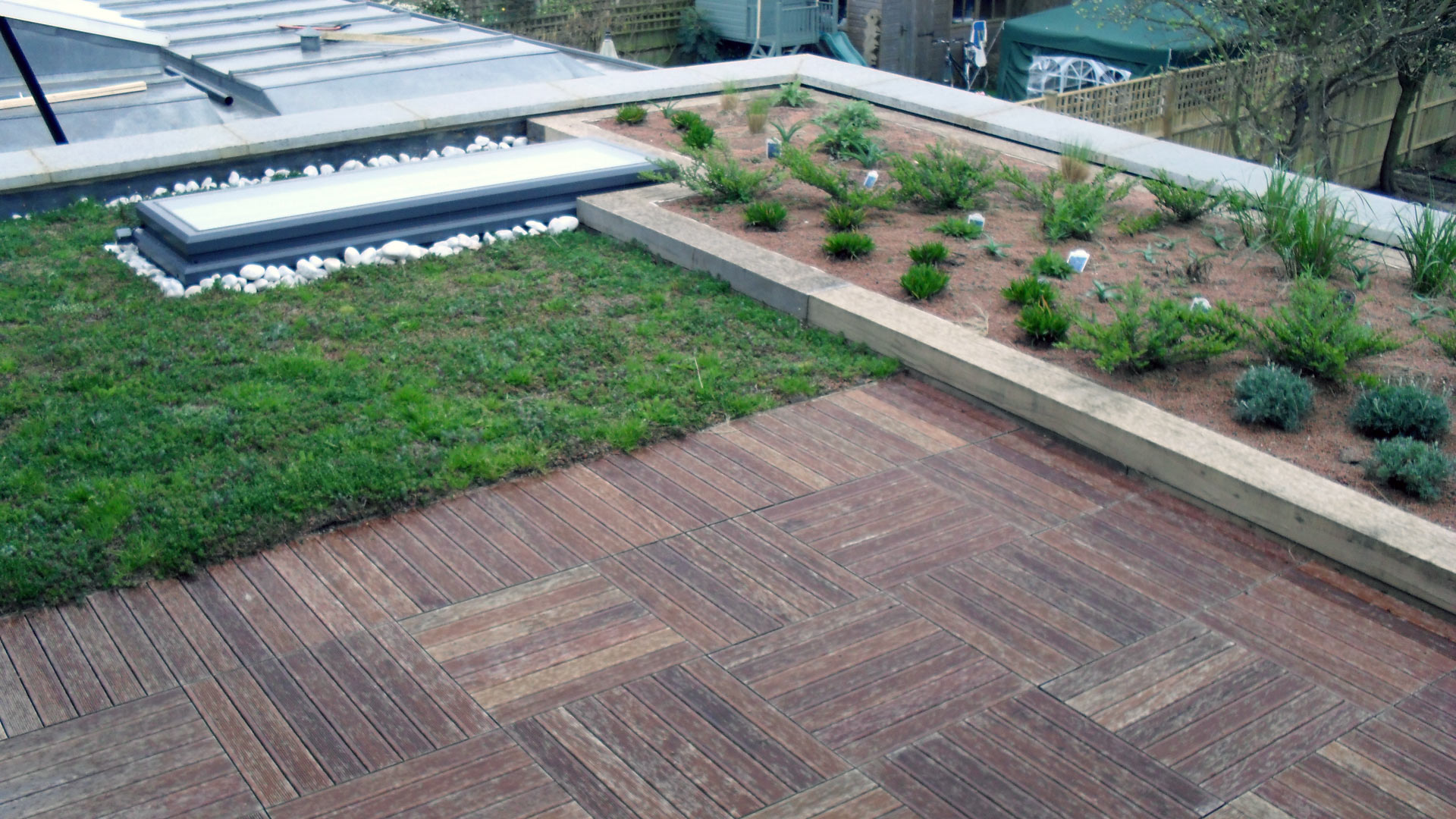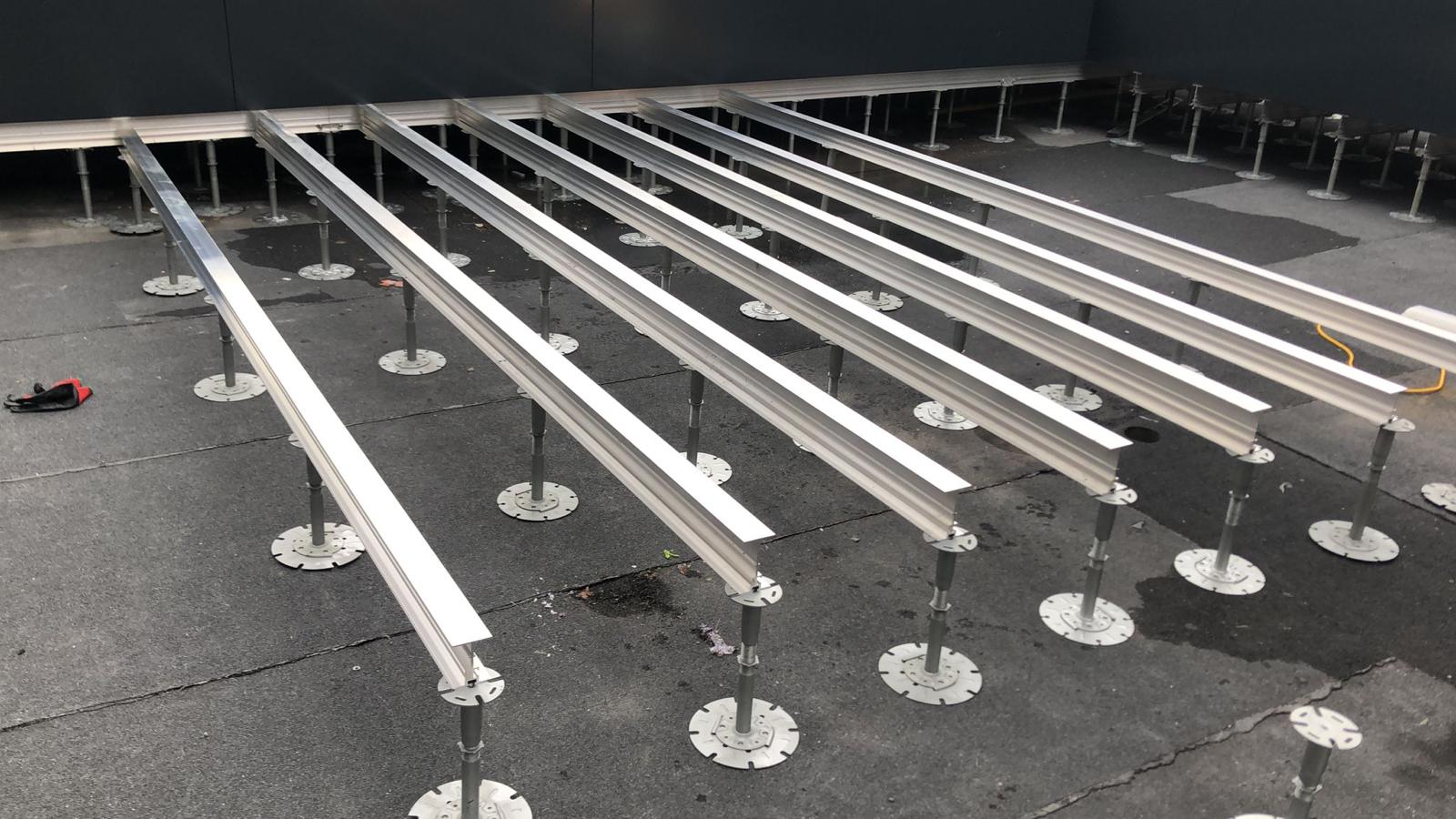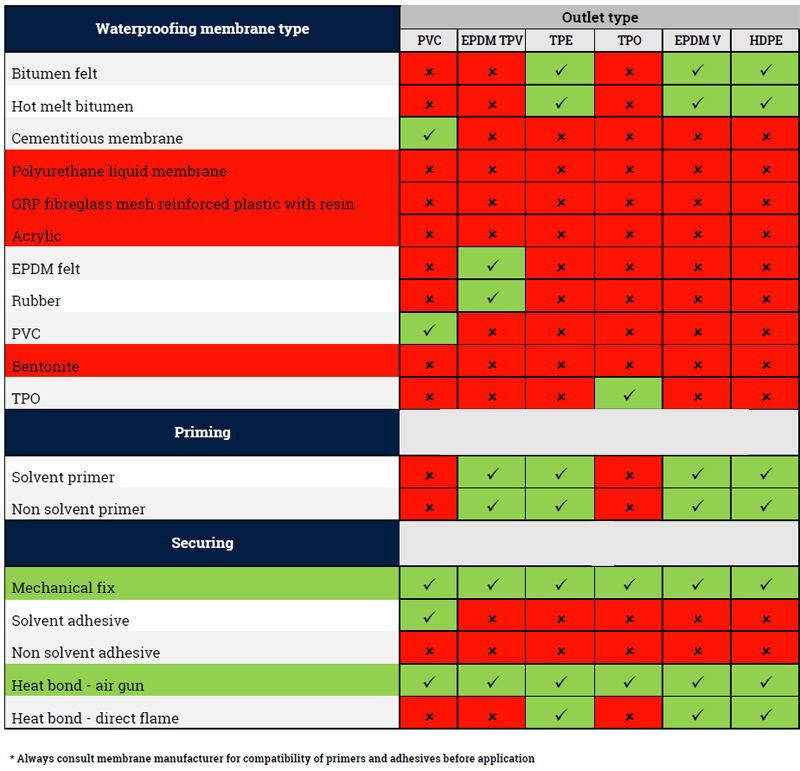When you grow up on a farm, moving into a big city like Munich (with 1.5 million inhabitants) can feel like moving into a concrete desert. However, only at first glance.
Between building fronts and paved roads, nature has gained a foothold. But it was only when I began working on urban bees for my doctoral research that I became aware of a huge additional green space in modern cities, namely rooftops.
It is now mandatory for many types of buildings to have green roofs, and the aesthetic and climate benefits of this type of new urban habitat are obvious and well-documented. But are there benefits for wild bees, the topic of my research?
The literature about effects of green roofs on biodiversity is surprisingly limited. My search for studies about wild bees on green roofs in Asia, Europe and North America revealed that so far, only 35 studies (worldwide) have been carried out, which have identified 236 species that use man-made green roofs as foraging or nesting ground. For comparison, there are 19,700 known bee species, and Germany alone has over 570 species.
The percentage of cavity-nesting bees on roofs is higher than that on nearby ground, while the percentage of pollen specialists is lower. Data are almost completely lacking on the reproductive success of bees on green roofs, the effect of roof age on bee diversity, and the genetic or demographic benefits of increased habitat connectivity.
I am hoping that my list of the bee species so far reported on green roofs may help in the selection and implementation of suitable soils, nesting aids, and plantings. One reason for why green roofs are so important for insects, certainly in Germany, is that they receive less fertilizer, fewer pesticides, and fewer herbicides than most other urban and agricultural land.
I think this aspect may make green roofs scientifically interesting spaces to study the relative effects of different factors that contribute to the loss of insect diversity in Central Europe.
To view the full story, please visit the link below.
#TBT: Bee Research on Green Roofs in Asia, Europe, and North America


